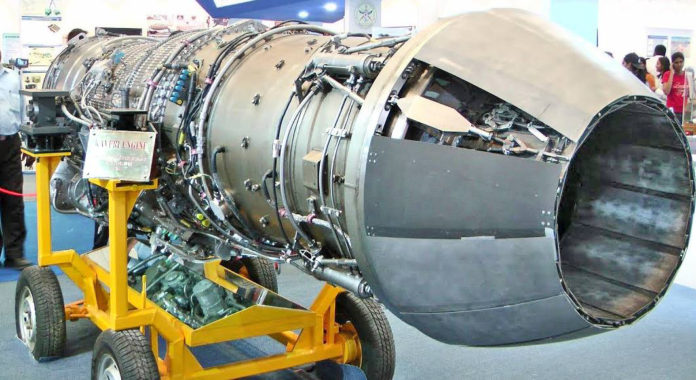With the Kaveri jet engine programme stalled due to technological challenges, the Defence Research and Development Organisation (DRDO) is planning to set up a new complex to develop jet engines for future Indian fighter aircraft. The complex may develop a completely new jet engine, one that can provide a thrust of 110 kilo newtons.
The engine, which may come up within seven years of starting work, will be used for the future class of Advanced Medium Combat Aircraft (AMCA), the fifth generation fighter currently in development for the Indian Air Force.
During his annual press conference on 5 September, Air Chief Marshal R.K.S. Bhadauria indicated the possibility of a Joint Venture(JV) in developing fighter jet aero-engine in India that will potentially set forth a new era of aerospace in India. He put his trust on home grown LCA Tejas MK1A and 5th Gen AMCA for IAF over foreign fighter jets.
Complexity of Aeroengines
The difficulty is not in designing an aeroengine. It lies in maturing it for working for 6000-8000 hours. Most critical parts are the combustion chamber (where fuel is burnt) and turbine blades.
A fighter engine must be able to withstand temp up to 2700°C continuously. That is a challenge. At such high temperatures in the combustion chamber, turbine blades, nozzles, etc, must withstand them without getting fatigued or damaged permanently.
ALSO READ: What is the Status of Kaveri Aero Engine?
Some of the major obstacles are :
• Single Crystal Turbine blades: They are in the turbine section behind the combustion chamber where temperatures exceed the melting point of steel. The material used is a titanium that is a single crystal from top to bottom. The metallurgical techniques to do this are closely guarded secrets.
• Combustion Chamber lining: This section faces hellfire and does not even have a cooling system build into it. It needs a coating that can stand up to the heat and radiate it away from the bulk of the combustion chamber. The composition of this coating is a very well guarded military secret.
• Precise and complex machining techniques: Any inconsistency in the stock metals or asymmetry in machining will cause devastating results.
• Funding: Getting governments to invest money into a project that will almost definitely exceed time and budgetary constraints will take a lot of negotiation.
Recommendations
Cmde Sujeet Samaddar, Founder of SAMDeS has made the following recommendations to energise aerospace industry
• Say No to offsets. Require 30% local content on imports.
• Delete Quantity Vetting (QV) clause in Defence Acquisition Procedure (DAP). No QV based batch production but pipeline production of budgeted annual targets of 24 LCAs, 36 Light Combat Helicopter (LCH), 12 HTT-40 trainder, 6-12 Light Transport Aircraft (LTA) and 36 Light Utility Helicopter (LUH). This will create the vendor base and a long-term sustainable industry and promote exports. Replicate the Planning Commission model RFP for long-term procurement and maintenance contracts.
• Make Aero Engines in India. Way forward is (1) One mega RFP to select one engine-maker who can provide the entire range of engines for the LCA/AMCA/DBA, LCH, Naval Utility Helicopter (NUH) and (2) another mega RFP for turbo-props for the entire transport fleet both commercial and military.
• Foreign OEMs should look at the entire package that the Govt of India offers and not just the DAP. Includes, Lowest Tax Rates for new manufacturing entities, liberal FDI, ease of doing business, trans-border supply chains, National Electronic Policy, Industrial Corridors, relaxations for MRO, EXIM Banks schemes for credit and overseas investment and so many more.
• The business of leasing is here. Entrepreneurs should get in touch and start the first lease project together for rapid force modernisation.
• Aerospace materials – Graphene, CNT, Al-alloys (2. 7 series), Composites, Li, Co all possible through smart recycling.



















[…] ALSO READ: India Setting Up a New Complex Jet Engine […]